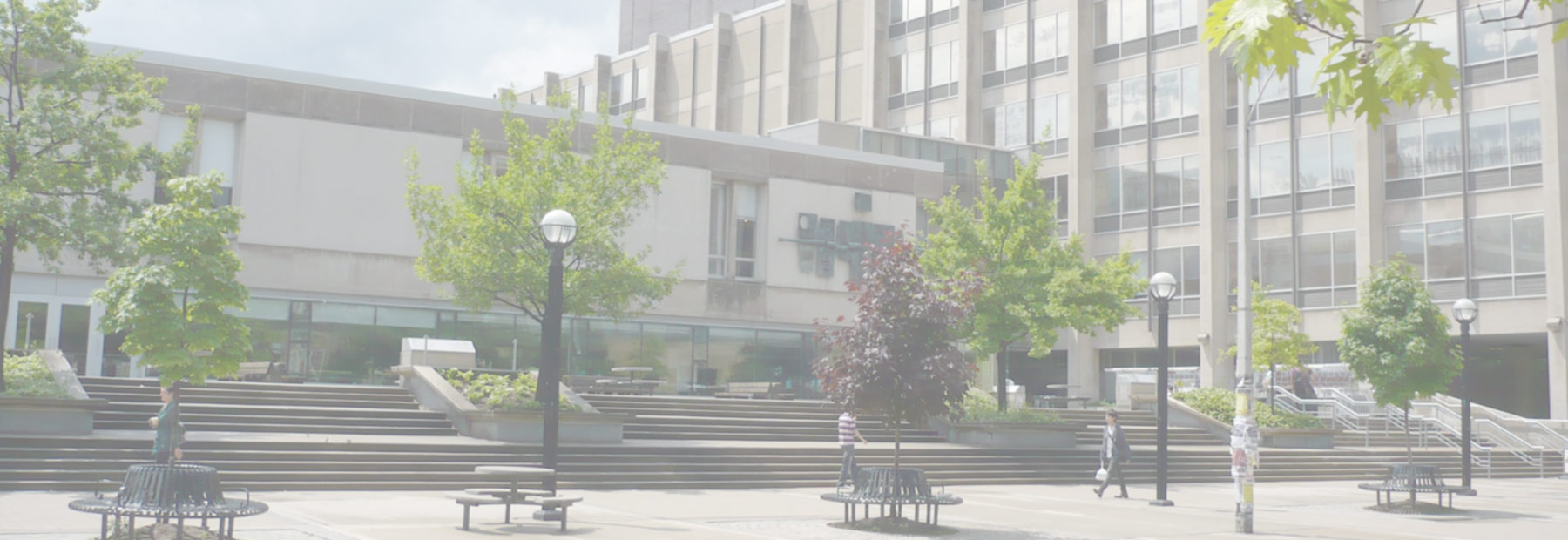In the spring of 2021, a number of students took part in the Canada Constructed internship opportunities, under the course code FAH481H1 in the Department of Art History at the University of Toronto. Here, fourth-year student Patrick Handrigan reflects on his internship experience with the Architectural Conservancy of Ontario NextGen program…
Tell us about yourself and placement!
Hello! My name is Patrick and I am a fourth-year undergraduate student studying architecture in the Daniels Faculty at UofT. Growing up in Newfoundland, I’ve always looked towards our built heritage to inform my architectural design decisions for today’s world. Wanting to expand my built heritage knowledge outside the Atlantic bubble, I decided to apply for the Department of Art History’s Architecture and Heritage Internship Program for the summer.
For the past few months, I’ve had the great opportunity to work with the Architectural Conservancy of Ontario as an Executive Liaison with their NextGen branch. During my time with ACO, I’ve immersed myself in the architectural heritage community in Ontario, fostering personal growth and forming new connections. From growing my graphic design skills, to publishing an article in a magazine, these skills will remain forever important as I continue my architectural career going forth.

What did you do in your internship?
One of my first assignments with ACO was to present options for the Design Charrette initiative for this fall. I researched at-risk buildings across the province that could be a viable option for the initiative. Diving deep into Ontario’s at-risk buildings really shone a light on how fragile the systems for heritage protection are in the province. My research outside the GTA brought me to Muskoka, Sault Ste. Marie, and Moose Factory—highlighting areas of the province that are often neglected in this conversation. My presentation was well received by the team and we decided on a great historic structure for the autumn charrettes (to be announced very soon!).
In addition, coming from a design background, I wanted to further explore my graphic design skills and social media management during this internship. I was responsible for crafting posts and stories for ACO’s Instagram account (@arconserv). Using Adobe Illustrator, Adobe InDesign, and Canva, I created collages, interactive posts, and informative stories on a range of topics. I highlighted at-risk buildings, shared work from our latest design charrettes initiative, and promoted ACO’s publications. The posts were well received from our social media audience, as well as my fellow NextGen team.

One of the last tasks of my internship was writing an article for ACO’s biannual publication, Acorn. With the theme of the publication regarding Ontario’s maritime connection, I decided to write on how we can harness new building techniques to help protect our heritage assets from damage caused by climate change. Amphibious foundations are one way to protect buildings from flood damage without displacement or extensive renovations. I had the pleasure of interviewing Dr. Elizabeth English with the Buoyant Foundation Project regarding her work with amphibious retrofits. The article will be published in Acorn this upcoming fall.

What did you take away from this experience?
Working with the ACO NextGen team these past few months provided me with such a valuable and enriching work experience. I got to craft connections with fellow students and heritage professionals across the province and provide a strong foundation in Ontario’s architectural heritage community. It complemented my work these past two summers with the Heritage Foundation of Newfoundland & Labrador as I was able to share my Atlantic insight while learning about Ontario’s historic built fabric. It also provided a solid routine during intersession and before I started other employment for the summer. I now have a greater awareness for Ontario’s historical fabric and look forward to future collaborations with ACO and their NextGen team.
From growing my graphic design skills, to publishing an article in a magazine, these skills will remain forever important as I continue my architectural career going forth.
Many thanks to the ACO NextGen team for welcoming me aboard, especially Irene Galea (Chair of ACO NextGen) for her guidance and immense help during my internship. Also, many thanks to Dr. Jessica Mace (Dept. of Art History, UofT) for her continued support and help organizing this great opportunity. I look forward to future work with the Department of Art History and the ACO.
Thanks, Patrick!
Want to get involved? For more information on current internships (including a placement with the ACO NextGen!), visit the Internships page. You can also contact info@canadaconstructed.ca directly with questions.
This project is supported by the Learning & Education Advancement Fund at the University of Toronto


